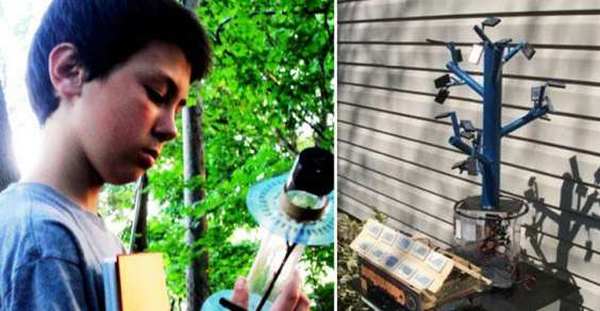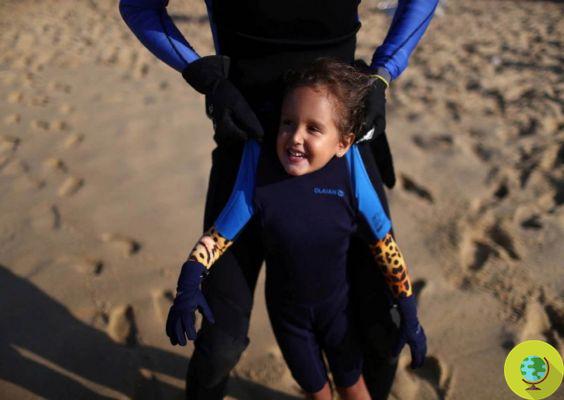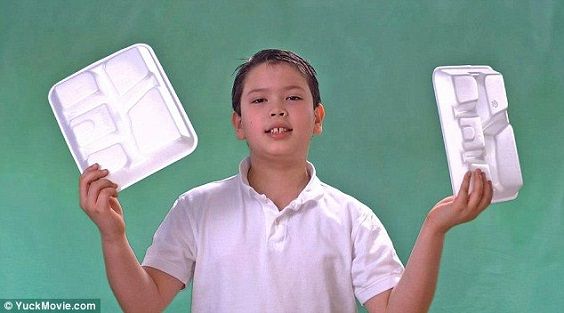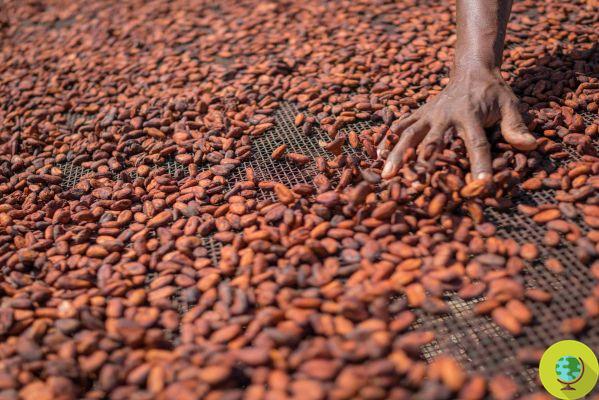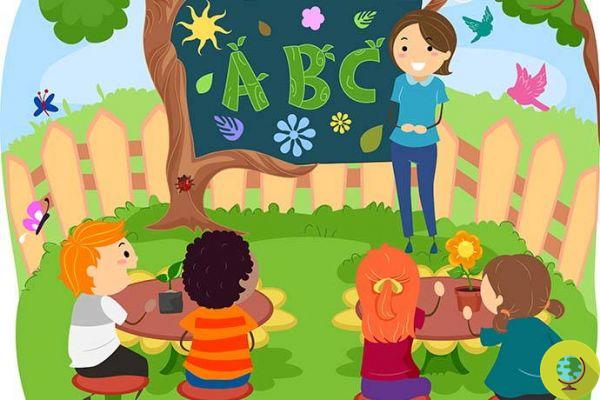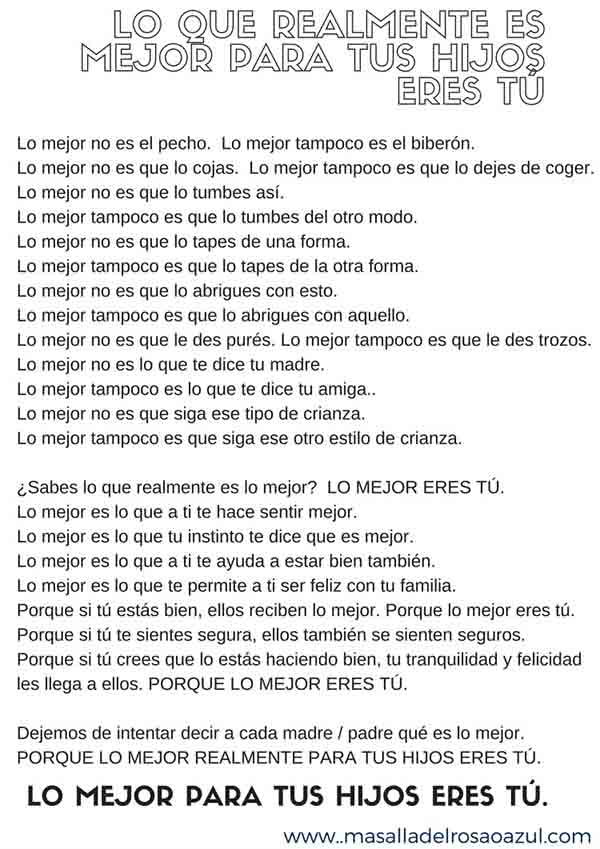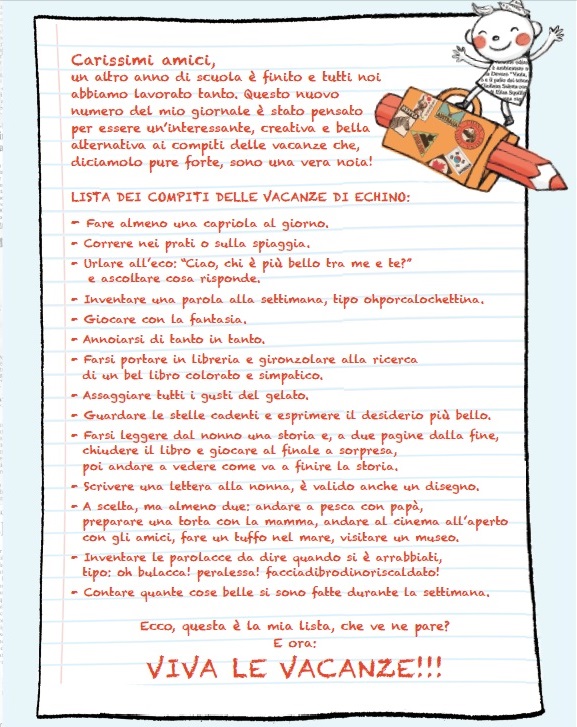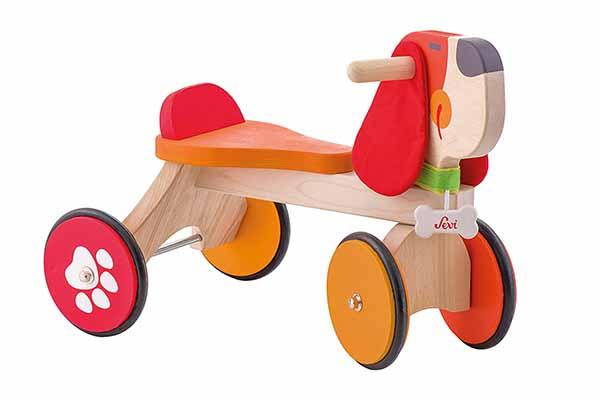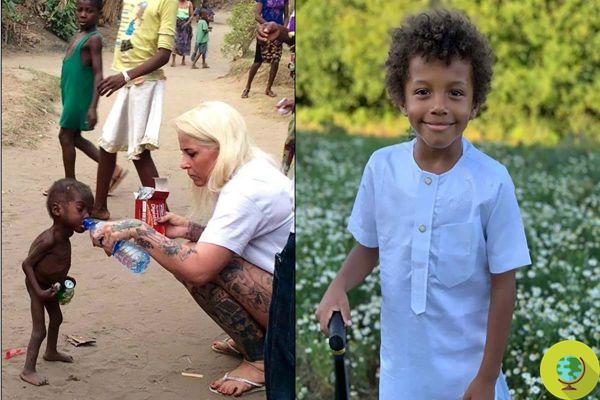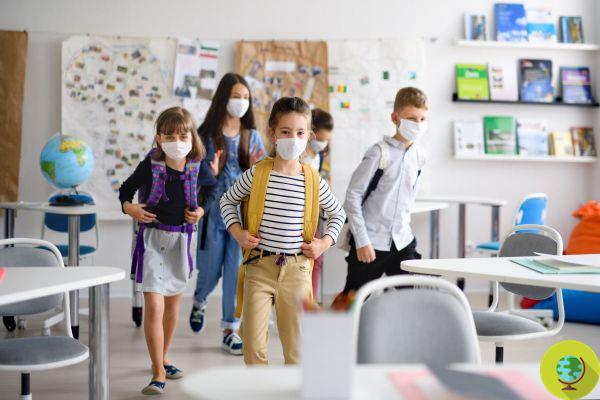They are eight years old at the most, but they work night and day in the gold mines that dot the whole territory of Tanzania, the fourth largest gold producer in Africa. They are small miners whose childhood has been stolen. Instead of playing, they dig deep and unstable wells, work underground with shifts of up to 24 hours, carry heavy sacks full of the gold we will buy.
Don't store avocado like this: it's dangerous
They have at most eight years, but they work night and day in the gold mines that dot the whole territory of Tanzania, the fourth largest gold producer in Africa. They are small miners whose childhood has been stolen. Instead of playing, they dig deep and unstable wells, work underground with shifts of up to 24 hours, carry heavy sacks full of the gold we will buy.
Every day they risk staying victims of collapses and accidents with tools, as well as long-term damage to health due to the dust they breathe, the loads they carry and poisoning due tomercury exposure, which attacks the central nervous system and can cause permanent disability.
Their life of exploitation is described in detail in the Human Rights Watch report "Toxic Toil: Child Labor and Mercury Exposure in Tanzania's Small-Scale Gold Mines". The report is based on the reality of 11 mining sites in Geita, Shinyanga and Mbeya, and on interviews with over 200 people, including 61 children who work in the mines. The picture that emerges is disarming: the employment of children in dangerous mining is one of the worst forms of child labor that exist.
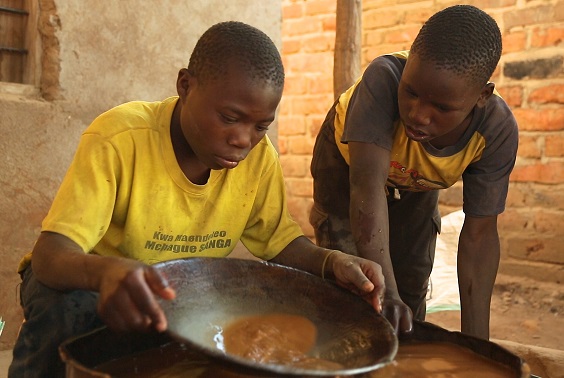
Tanzanian boys and girls are drawn to the gold mines with the hope of a better life, but find themselves stuck in a dead end of danger and despair. Many children working in the mines they are orphans or children of very poor families. Human Rights Watch also found that young girls often experience sexual harassment around mining sites, eventually becoming victims of prostitution. In addition to psychological damage, they risk contracting HIV and other sexually transmitted diseases.
“On paper, Tanzania has strong laws prohibiting child labor in the mines, but the government has done too little to enforce them. Labor inspectors must visit both licensed and unlicensed mines, and ensure that employers face penalties for using child labor, ”thunders Janine Morna, a child rights advocate for Human Rights Watch.
But the fault lies not only with the Tanzanian government. The World Bank and Western mining lenders should also make serious efforts (and not with satellite and stand-alone projects) to ending child labor in the mining sector and reduce the exposure of children and adults to mercury. The gold industry bears direct responsibility for the exploitation of these children and young people.
Small traders generally buy gold directly from mines or mining towns and then sell it to wholesalers. Sometimes gold goes through several intermediaries before reaching the traders who export it. According to the Tanzanian government, the small miners they produced about 1,6 tons of gold in 2012, worth about $ 85 million.
The main destination for small-scale gold in Tanzania is the United Arab Emirates. But large quantities are also exported to Switzerland, South Africa, China and the UK. Cosa possiamo fare? The first step is undoubtedly to buy ethical gold and support it. Just last September Fairtrade International announced that 12 mines in Tanzania, Uganda and Kenya will sell by the end of this year the Africa's first ethical gold. Signing petitions calling for an end to child exploitation in gold mines can also be important. Sign here
Roberta Ragni
READ also:
Ethical gold: African mines abandon polluting practices to produce Fairtrade gold




